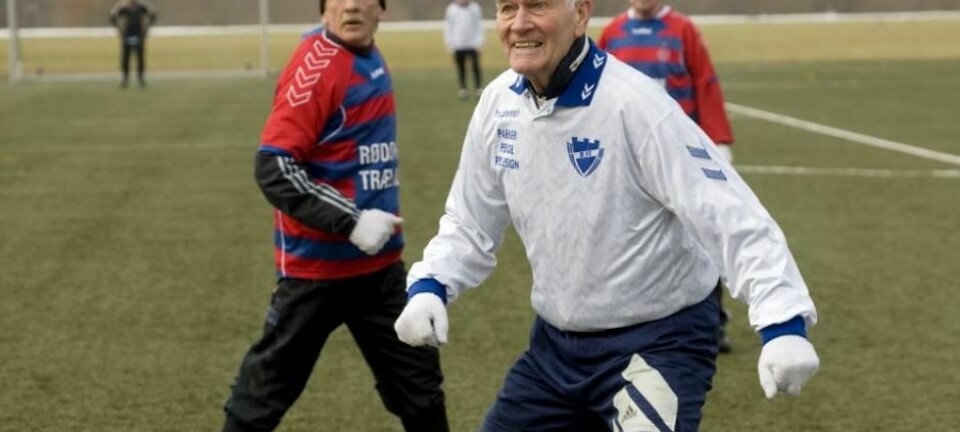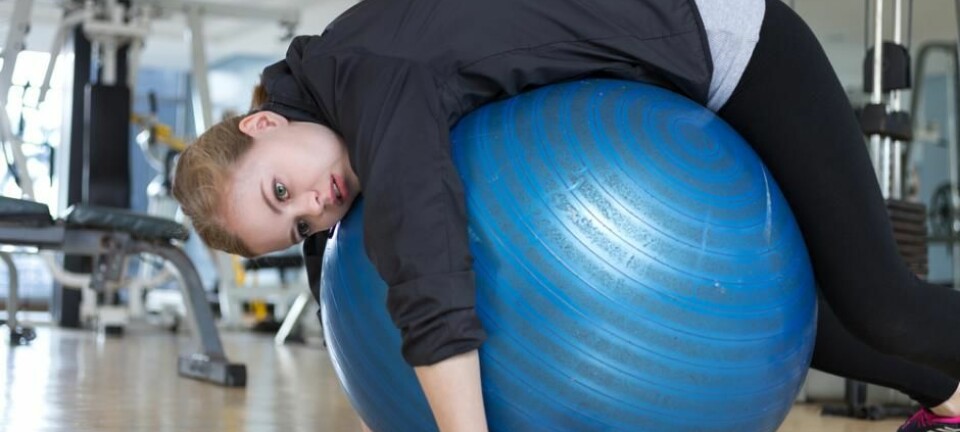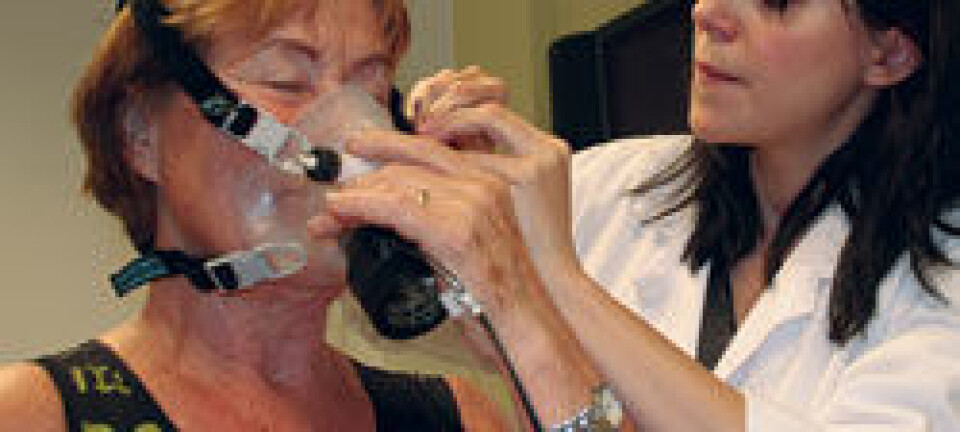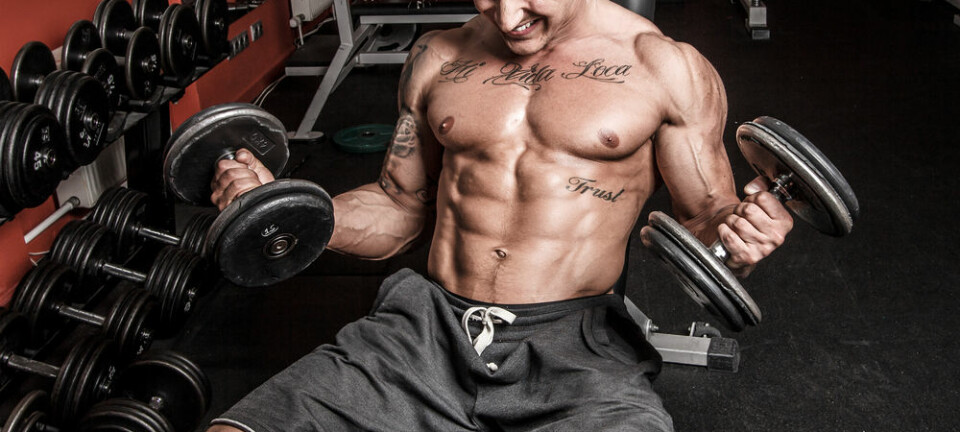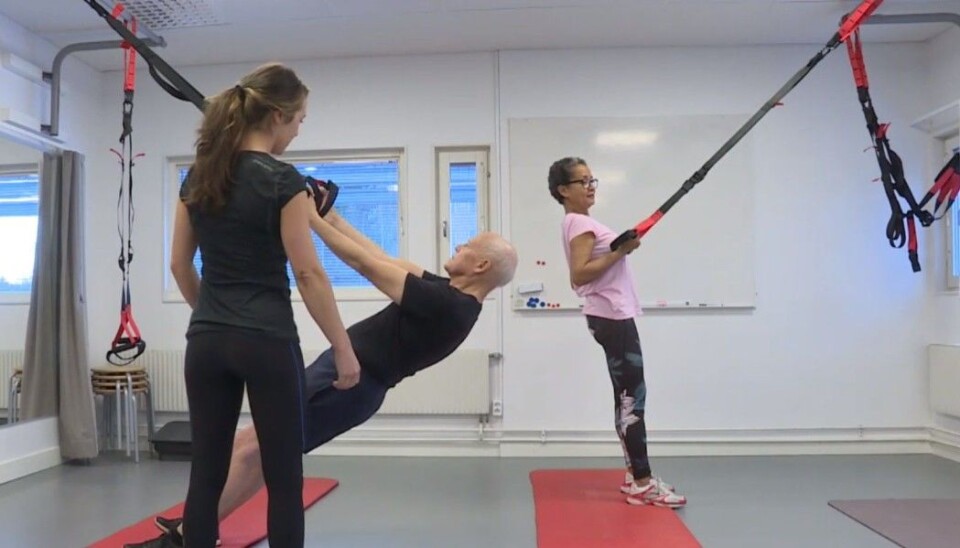
Strength training helps the over 70s bulk up
A Swedish study suggests it’s probably never too late to increase muscle mass.
Ageing changes the body in many ways, not least of which is a loss of muscle mass.
Losing muscle mass is more than a cosmetic problem: at worst it can make it difficult to get out of bed and manage other daily tasks. It can also increase the likelihood of falling, which is a major problem as we age.
But a new study from Umeå University in Sweden shows that it is never too late to reverse muscle loss.
"The effects of exercise in our study are particularly encouraging because we only included individuals with low muscle mass, a condition that can easily be seen as irreversible in the elderly," the researchers wrote.
Muscle mass up, fat percentage down
The study comprised 70 participants, all of whom were over 70 and who had low muscle mass due to age-related muscular atrophy. Half were men and half women. The participants were divided into two groups. One group participated in resistance training three days a week, while the other group served as the control group and was told to go about their normal lives.
The researchers measured participants’ fat and muscle mass before the exercise programme began. They then took new measurements at the end of the 10-week program.
The group that had trained three days a week had increased their muscle mass by 1.2 kilograms and reduced the amount of fat by 0.5 kilograms. The control group did not increase muscle mass.
"We saw a pronounced increase in the muscle mass of 1.2 kilograms over the ten weeks. Muscle function also improved in some ways,” says Sanna Vikberg, the main researcher behind the study, speaking to the Swedish TV4 news.
Vikberg, a physiotherapist, described the outcome as better than expected.
The researchers used a test called the Short Physical Performance Battery (SPPB) to measure physical functionality. The test measures how long a person takes to sit down and stand up from a chair five times. It also measures balance as well as walking speed. Participants were given from 0-4 points for each exercise based on time.
Gender differences
The researchers found that male participants showed improvement in the function test after the training. They found no significant improvement in women.
The researchers speculated that this gender difference might be due to motivation and competitive instincts, which can be stronger in men than women when it comes to physical challenges. The increased muscle mass the researchers measured nevertheless testified that there had been improvements in both genders.
Those who were in the exercise group were also offered a protein supplement. Eighty-four per cent chose to take the supplement. The researchers wrote that they should have had another control group that took protein powder but they did not train to determine how, if at all, the dietary supplement affected the results.
Motivated participants
Participants exercised in group training sessions led by an instructor for 45 minutes, three times a week.
The exercises were designed to work muscles that are relevant to daily living. All exercises were done without the use of expensive exercise equipment. Initially, the participants only used their own body weight to work out, but as the weeks went on, they began to add weights, such as backpacks with extra weight. The instructor ensured that the exercises were done properly, and that the participants increased intensity gradually.
There was a low dropout rate from the training program, and researchers described the participants as highly motivated.
Participant Berndt Ståhlbröst was pleased with the program and has continued to work out regularly even now that the study is over. It feels good, he says.
"I train for as long as I feel my muscles can tolerate it. Then I push a little harder. I know I need to feel it, and that it will hurt a little,” he said on the Swedish TV4 news programme.
The researchers believe that increasing the intensity of exercise was important in determining the results.
"Based on our experience with the training program, we believe it is important to increase the training progressively and motivate participants to train with high intensity," the researchers wrote.
----------------
Read more in the Norwegian version of this article at forskning.no







